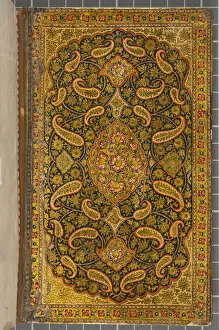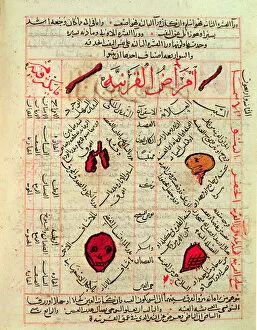Naskhi Collection
"Naskhi: A Glimpse into the Artistic Splendor of Iran and Syria" Immerse yourself in the captivating world of Naskhi
All Professionally Made to Order for Quick Shipping
"Naskhi: A Glimpse into the Artistic Splendor of Iran and Syria" Immerse yourself in the captivating world of Naskhi, a calligraphic script that has adorned numerous masterpieces throughout history. This ancient form of writing, characterized by its elegant curves and refined strokes, holds within it tales from distant lands. One such treasure is a fragment of a Koran page, carefully preserved with ink and gold on delicate paper. Originating from modern-day Iran or Syria, this exquisite piece showcases the mastery calligraphy in religious texts. As we explore further, we encounter a leather-bound volume dating back to 1771. Its back cover proudly displays an intricately written letter in Naskhi Arabic script. Opening its front cover reveals yet another mesmerizing letter inscribed with the same graceful hand. These pages offer us glimpses into personal correspondences that have stood the test of time. Moving beyond manuscripts, our journey takes us to other realms where Naskhi thrived. An ewer crafted during the second half of the 13th century captivates with its intricate designs and flowing lines – each curve telling a story untold. An inscribed pen box from 15th-century Iran beckons us closer as we marvel at how even everyday objects were transformed into works of art through Naskhi calligraphy. The attention to detail is evident as every stroke adds beauty to functionality. Tiles become canvases for expression as we encounter a tile from a frieze created in 13th-century Iran – each geometric pattern intertwined with verses penned using Naskhi script. Another star-shaped tile transports us further into this artistic realm where unknown creators left their mark for generations to admire. Even medical knowledge found solace in Naskhi's embrace; vellum pages bear witness to Avicenna's "Canon of Medicine.









